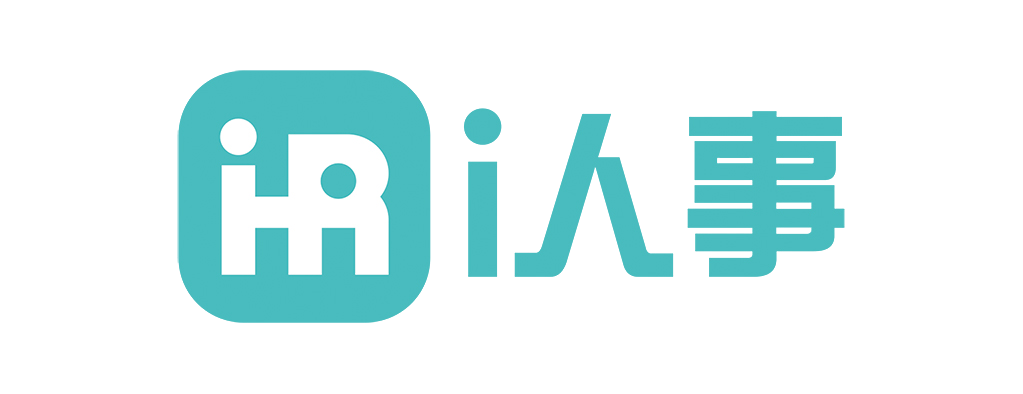
一、Introduction to IT Service Desk
The IT Service Desk is a critical component of any organization’s IT infrastructure, serving as the primary point of contact for users seeking technical assistance. It plays a pivotal role in ensuring that IT services are delivered efficiently and effectively, thereby supporting the overall business operations. The Service Desk is not just a help desk; it is a strategic function that aligns IT services with business needs, ensuring that issues are resolved promptly and that users are satisfied with the service they receive.
二、Workflow Stages Description
1. Incident Logging
The first stage in the IT Service Desk workflow is Incident Logging. When a user encounters an issue, they report it to the Service Desk through various channels such as phone, email, or a self-service portal. The Service Desk agent logs the incident, capturing essential details like the user’s name, contact information, and a description of the problem.
2. Incident Categorization and Prioritization
Once the incident is logged, it is categorized based on the type of issue (e.g., hardware, software, network) and prioritized according to its impact on business operations. High-priority incidents, such as system outages, are addressed immediately, while lower-priority issues may be scheduled for later resolution.
3. Initial Diagnosis and Resolution
The Service Desk agent performs an initial diagnosis to determine the root cause of the issue. If the problem can be resolved quickly, the agent will do so. For more complex issues, the incident is escalated to the appropriate support team.
4. Escalation and Resolution
If the issue cannot be resolved at the Service Desk level, it is escalated to a higher level of support, such as a specialized technical team. The Service Desk remains involved, tracking the progress of the resolution and keeping the user informed.
5. Incident Closure
Once the issue is resolved, the Service Desk agent closes the incident, ensuring that all necessary documentation is completed. The user is notified of the resolution, and feedback is collected to assess the quality of the service provided.
三、Common Issues and Troubleshooting
a. Hardware Failures
Hardware failures, such as malfunctioning computers or printers, are common issues faced by the Service Desk. Troubleshooting typically involves diagnosing the problem, replacing faulty components, or arranging for repairs.
b. Software Glitches
Software issues, including application crashes or bugs, are another frequent challenge. The Service Desk may resolve these by reinstalling software, applying patches, or escalating the issue to the software vendor.
c. Network Connectivity Problems
Network issues, such as slow internet speeds or connectivity problems, can disrupt business operations. The Service Desk may troubleshoot these by checking network configurations, resetting routers, or liaising with the network team.
d. User Errors
User errors, such as forgotten passwords or incorrect settings, are also common. The Service Desk provides guidance and support to help users resolve these issues quickly.
四、Communication Protocols
Effective communication is crucial for the success of the IT Service Desk. The following protocols ensure that communication is clear, consistent, and timely:
1. Standardized Communication Channels
The Service Desk should use standardized communication channels, such as email templates and phone scripts, to ensure consistency in communication.
2. Regular Updates
Users should be kept informed of the status of their incidents through regular updates. This can be done via email, SMS, or through the self-service portal.
3. Escalation Procedures
Clear escalation procedures should be in place to ensure that issues are escalated promptly and that the appropriate teams are notified.
4. Feedback Mechanisms
Feedback mechanisms, such as surveys or follow-up calls, should be used to gather user feedback and improve service quality.
五、Documentation Standards
Proper documentation is essential for maintaining a high level of service quality and ensuring that issues are resolved efficiently. The following standards should be adhered to:
1. Incident Logging
All incidents should be logged with detailed information, including the user’s name, contact information, and a description of the issue.
2. Resolution Documentation
The steps taken to resolve the issue should be documented, including any troubleshooting steps, escalations, and final resolutions.
3. Knowledge Base
A knowledge base should be maintained, containing solutions to common issues, troubleshooting guides, and best practices. This resource can be used by both Service Desk agents and users to resolve issues more quickly.
4. Audit Trails
Audit trails should be maintained to track the progress of incidents, ensuring accountability and transparency.
六、Quality Assurance and Feedback Mechanisms
Quality assurance is a continuous process that ensures the IT Service Desk is meeting the needs of its users. The following mechanisms are essential for maintaining high service quality:
1. Performance Metrics
Key performance indicators (KPIs), such as first-call resolution rate, average resolution time, and user satisfaction scores, should be monitored regularly.
2. Regular Reviews
Regular reviews of Service Desk performance should be conducted, with a focus on identifying areas for improvement.
3. User Feedback
User feedback should be collected and analyzed to identify trends and areas where the Service Desk can improve.
4. Continuous Improvement
Based on the feedback and performance metrics, the Service Desk should implement continuous improvement initiatives, such as training programs, process improvements, and technology upgrades.
Conclusion
The IT Service Desk is a vital function that ensures the smooth operation of an organization’s IT infrastructure. By following a structured workflow, addressing common issues effectively, maintaining clear communication protocols, adhering to documentation standards, and implementing robust quality assurance mechanisms, the Service Desk can deliver high-quality service that meets the needs of its users. Continuous improvement and a focus on user satisfaction are key to the long-term success of the IT Service Desk.
原创文章,作者:IT_learner,如若转载,请注明出处:https://docs.ihr360.com/strategy/it_strategy/222966
